japanese culture
RSS-Feed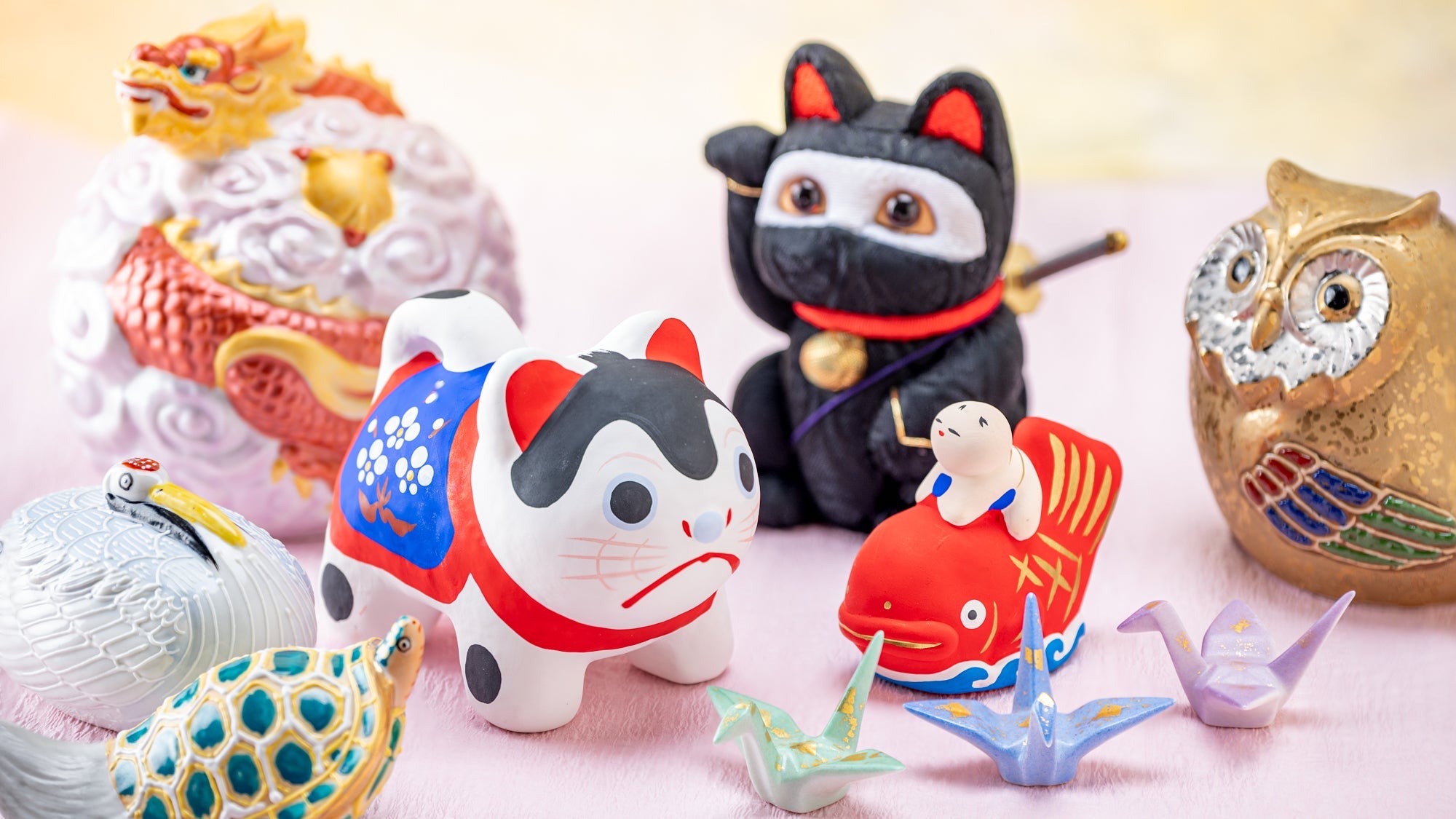
Farming Good Fortune with Auspicious Animals
Entdecken Sie Japans Glückstiere und ihre Symbolik in traditionellen Figuren, die Glück und Schutz bringen.
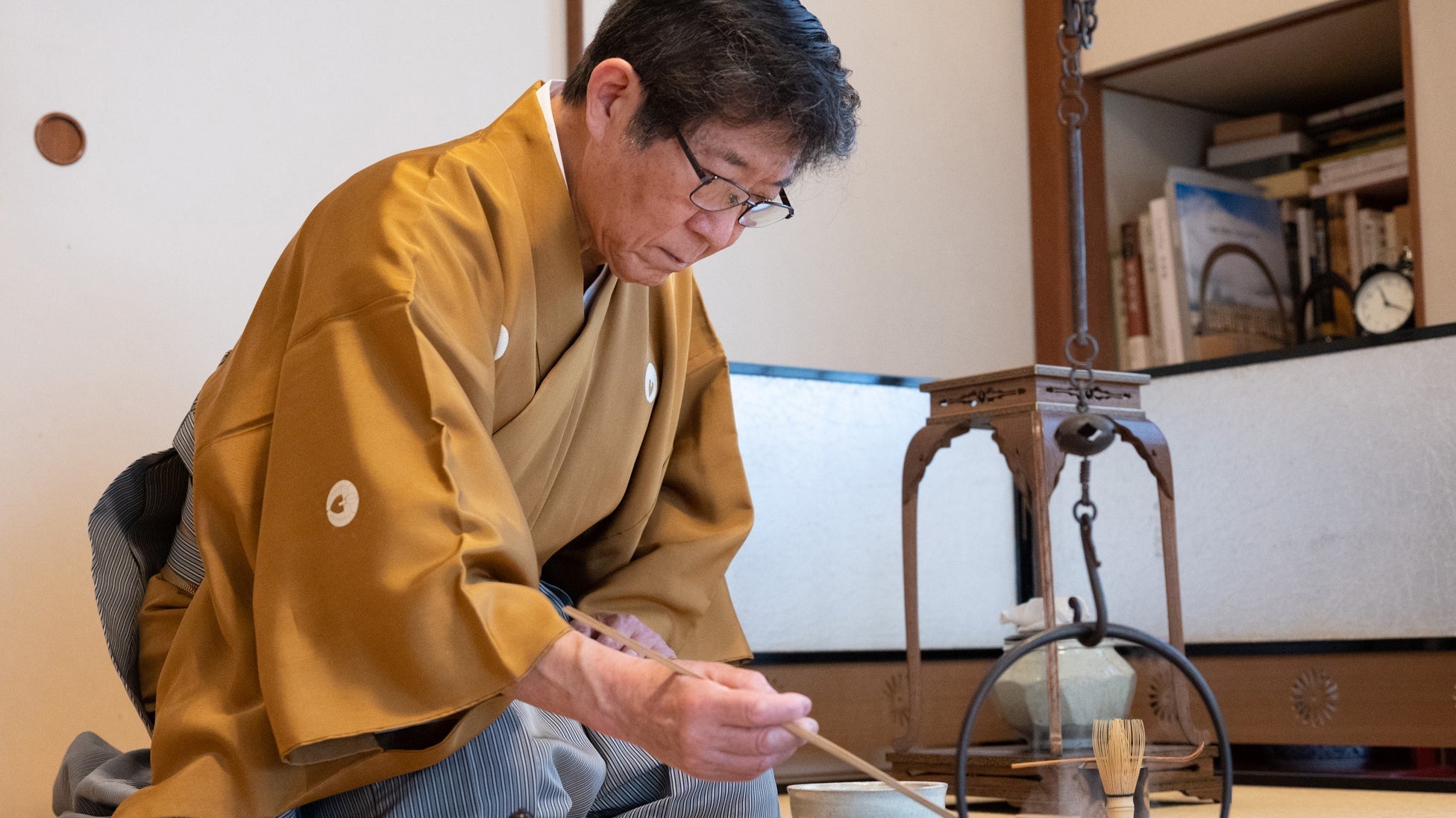
Musubi Kiln Chado-Serie: Ein Spaziergang durch den Teepfad eines Samurai
Team Musubi experienced the uniqueness of Japanese tea ceremonies at Komaba Warakuan, a chado school with samurai roots.
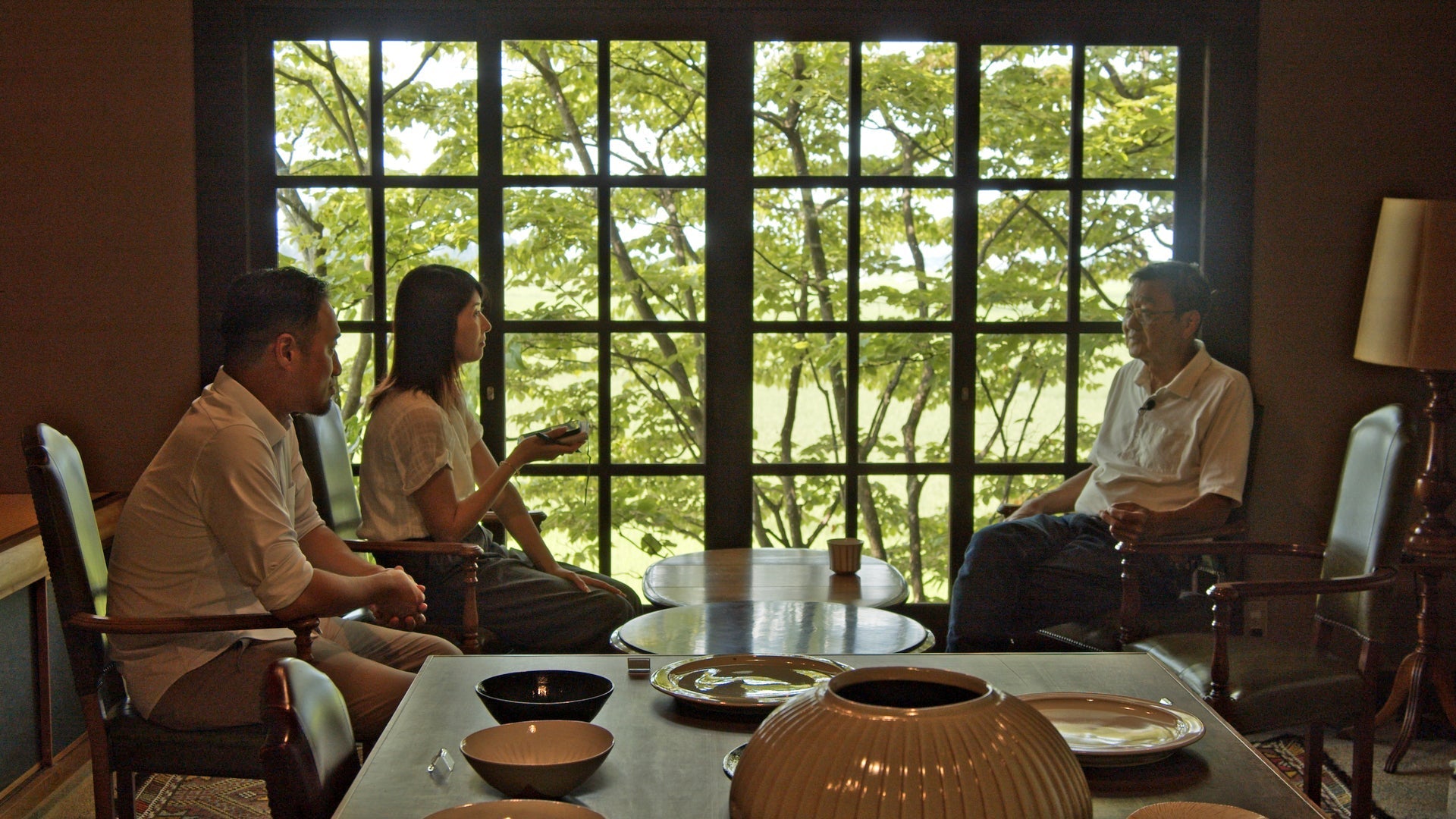
Visiting Toyama's Master Craftspeople: Two Potters and a Washi Artisan
Meet three master artisans from Toyama, Japan, as they share their crafts and traditions in a serene countryside setting.
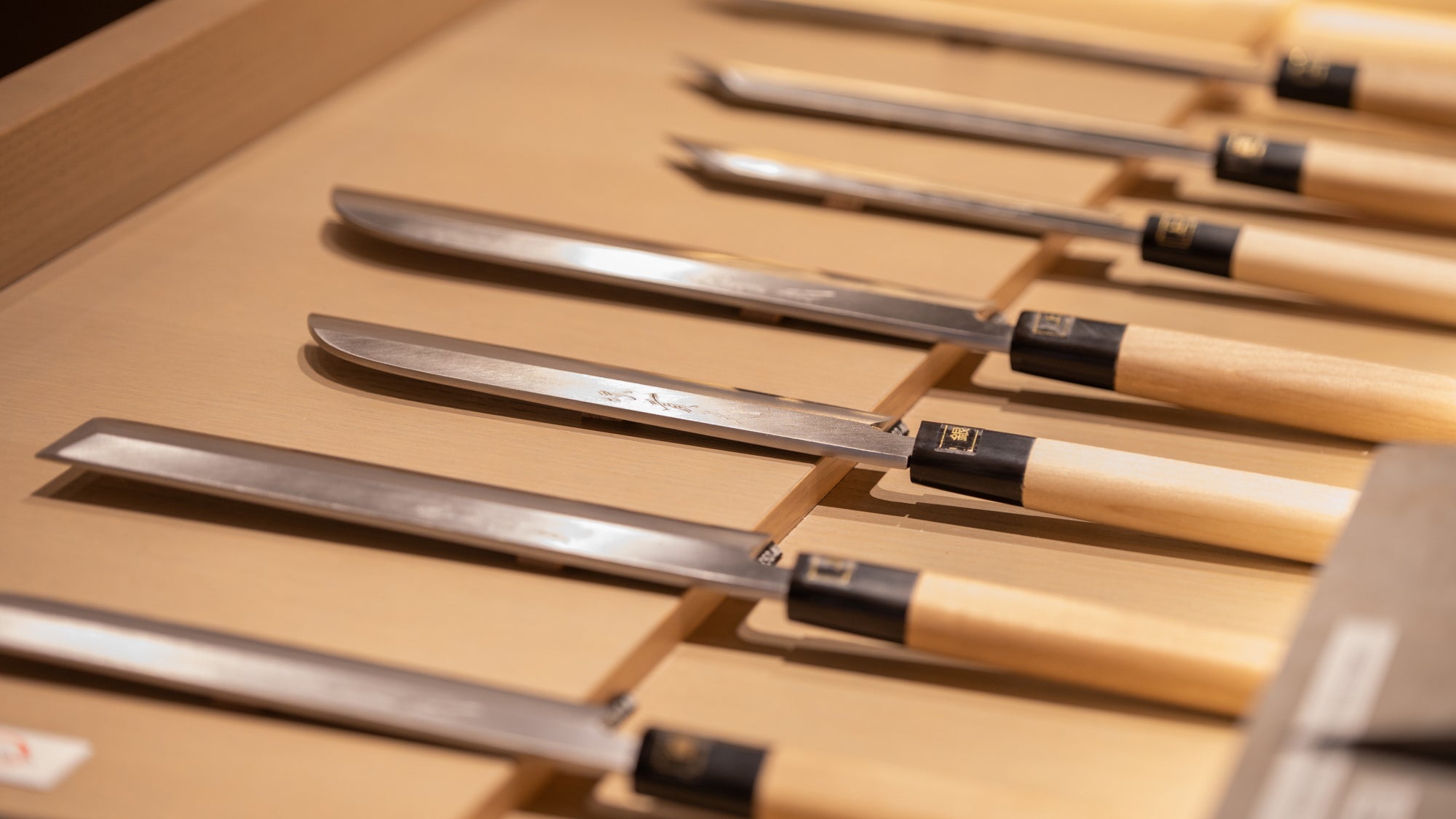
No Knife, No Cuisine: All About Japanese Kitchen Knives
Explore our guide to Japanese kitchen knives. Learn about different types, their history, and their unique uses.

Toguri Museum of Art: Verzaubert von der Schönheit von Nabeshima und Kinrande
Explore the Toguri Museum, known for its beautiful collection of Hizen porcelain, including Imari and Nabeshima ware.
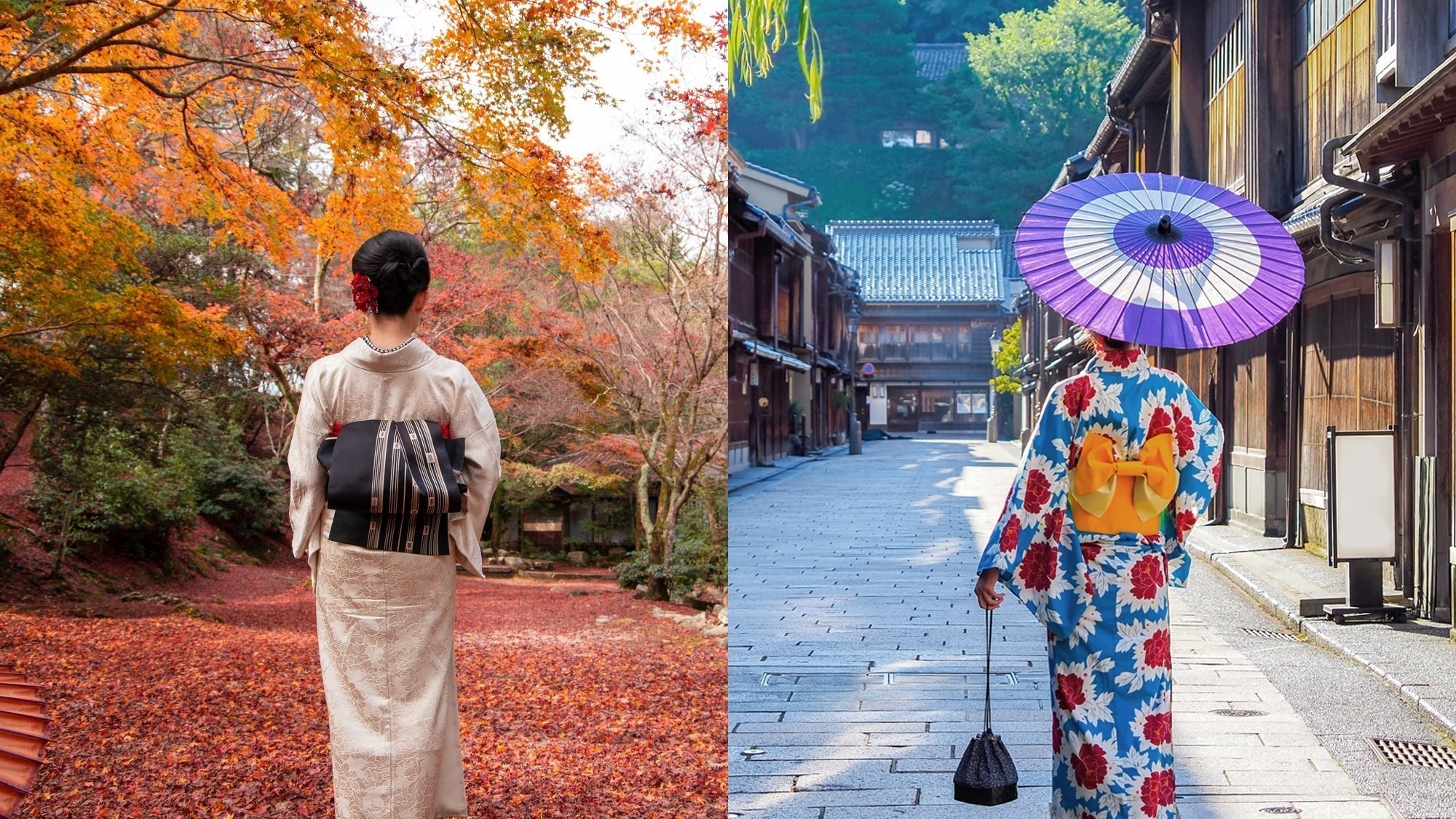
Understanding the Differences: Kimono vs Yukata
Learn about the unique roles of kimono and yukata in Japanese culture, their history, and their distinct differences.
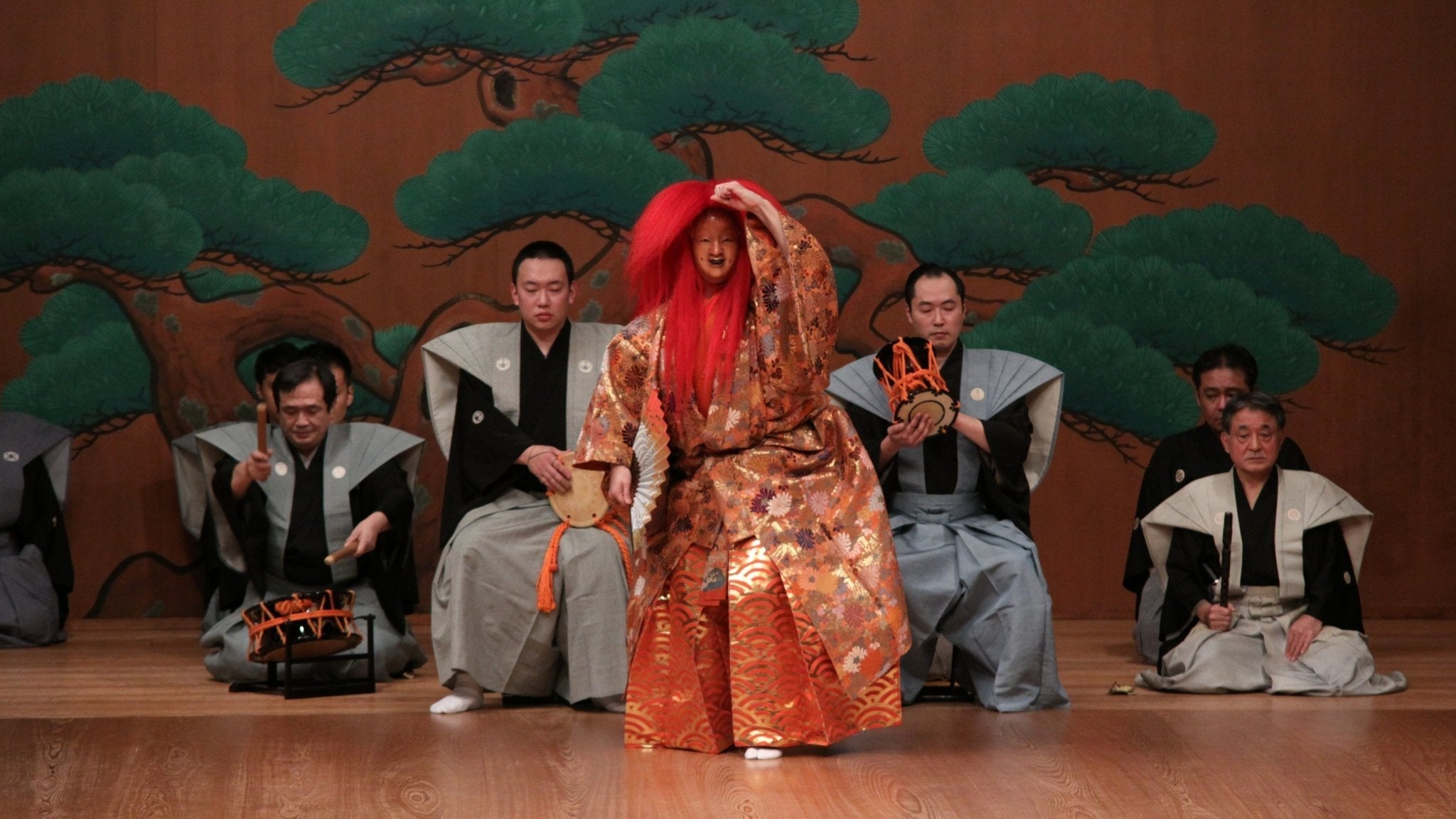
Noh and Kabuki: A Look into Traditional Japanese Performing Arts
Learn about Noh and Kabuki, Japan's traditional performing arts, with our guide on origins, tips, theaters and more.
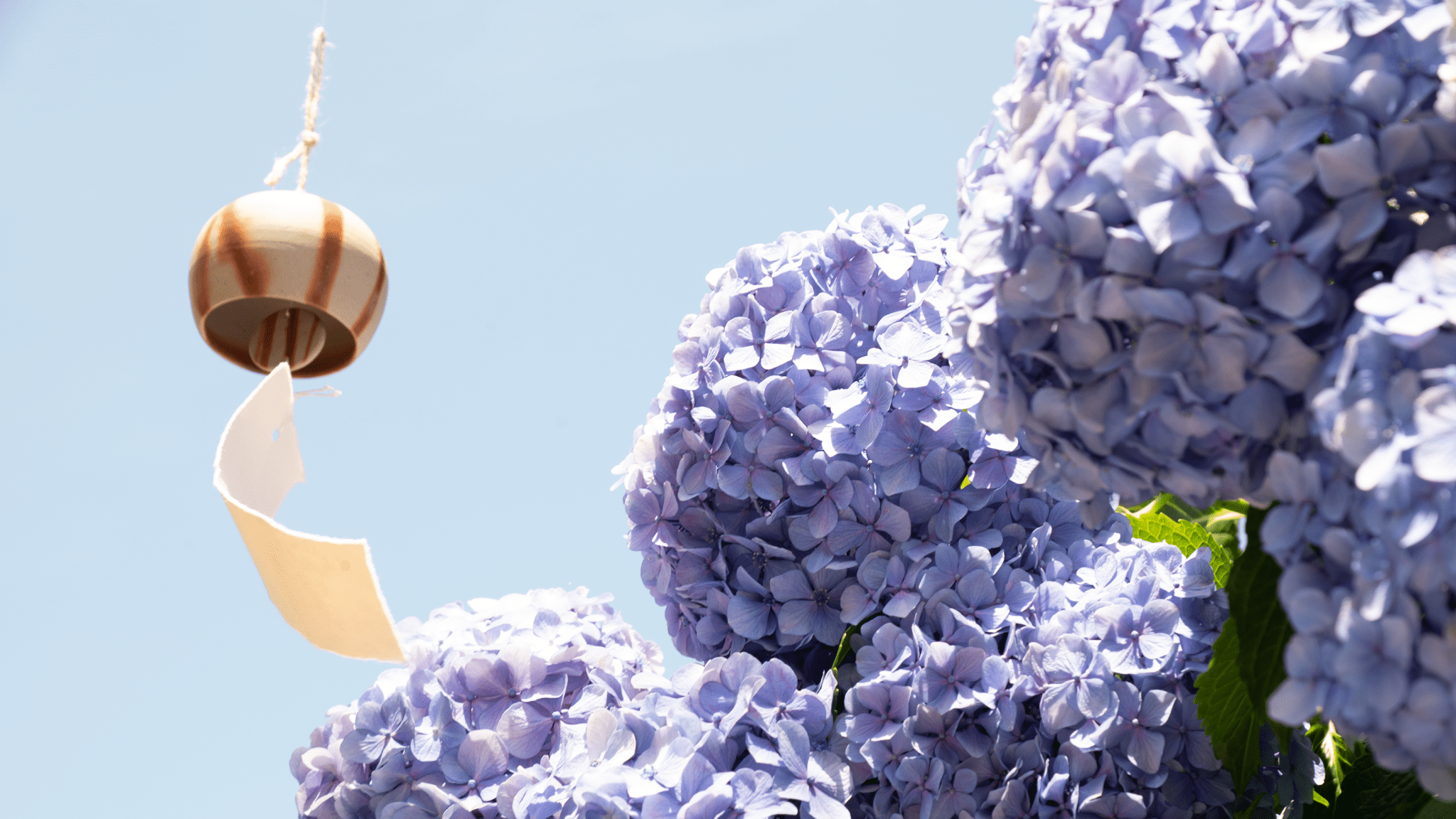
Sunlit Geshi: Observing Japan's Summer Solstice
Learn about Geshi, the Japanese summer solstice, celebrated with rich cultural traditions and unique regional cuisines.
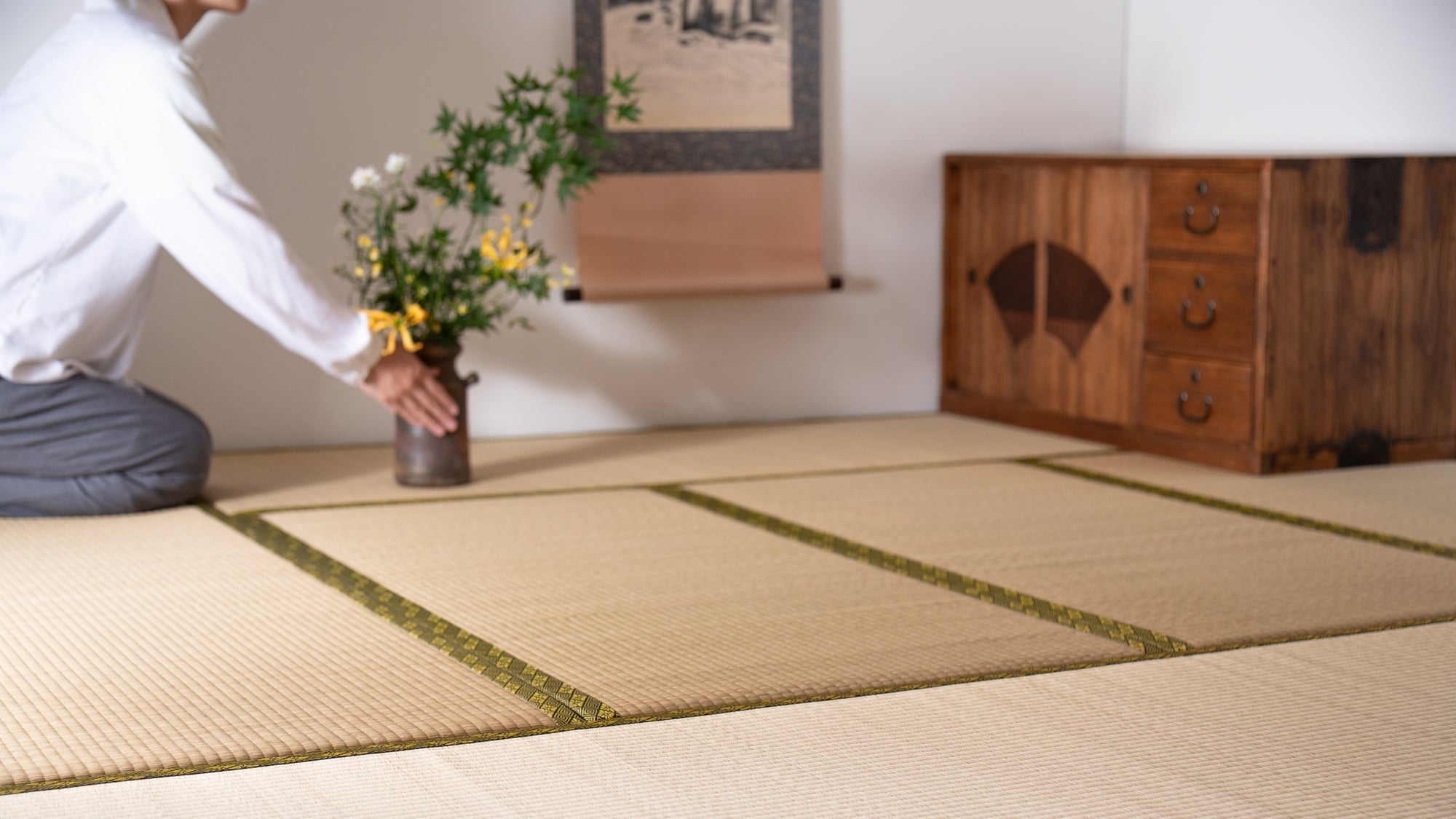
Explore the history and cultural significance of tatami mats, and how they help maintain ancient Japanese traditions.
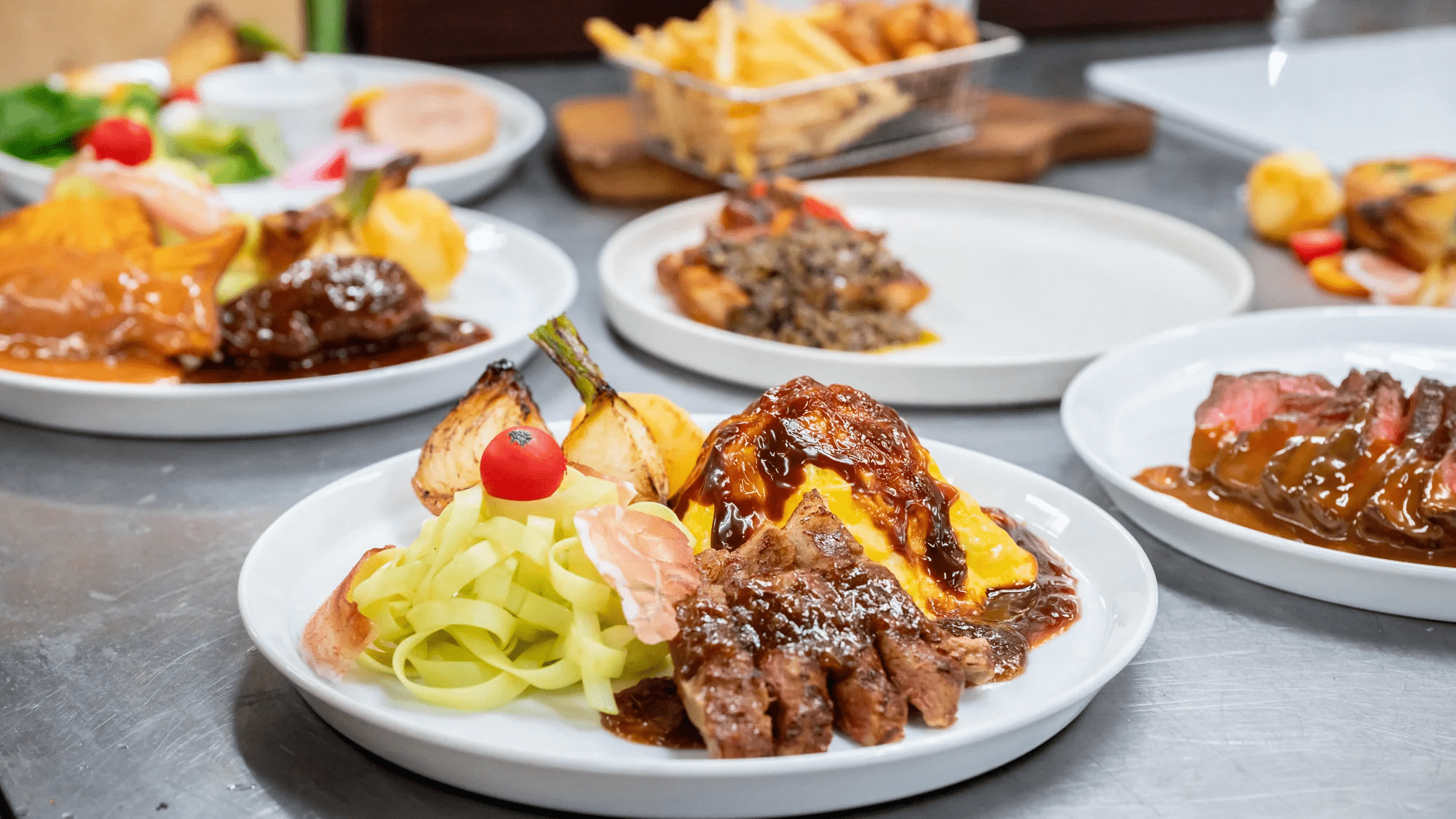
Japanese Food Displays: What Makes It Look So Real
Learn about Japanese fake food replicas at Iwasaki Be-I, and how they perform the entire process from molding to shaping.
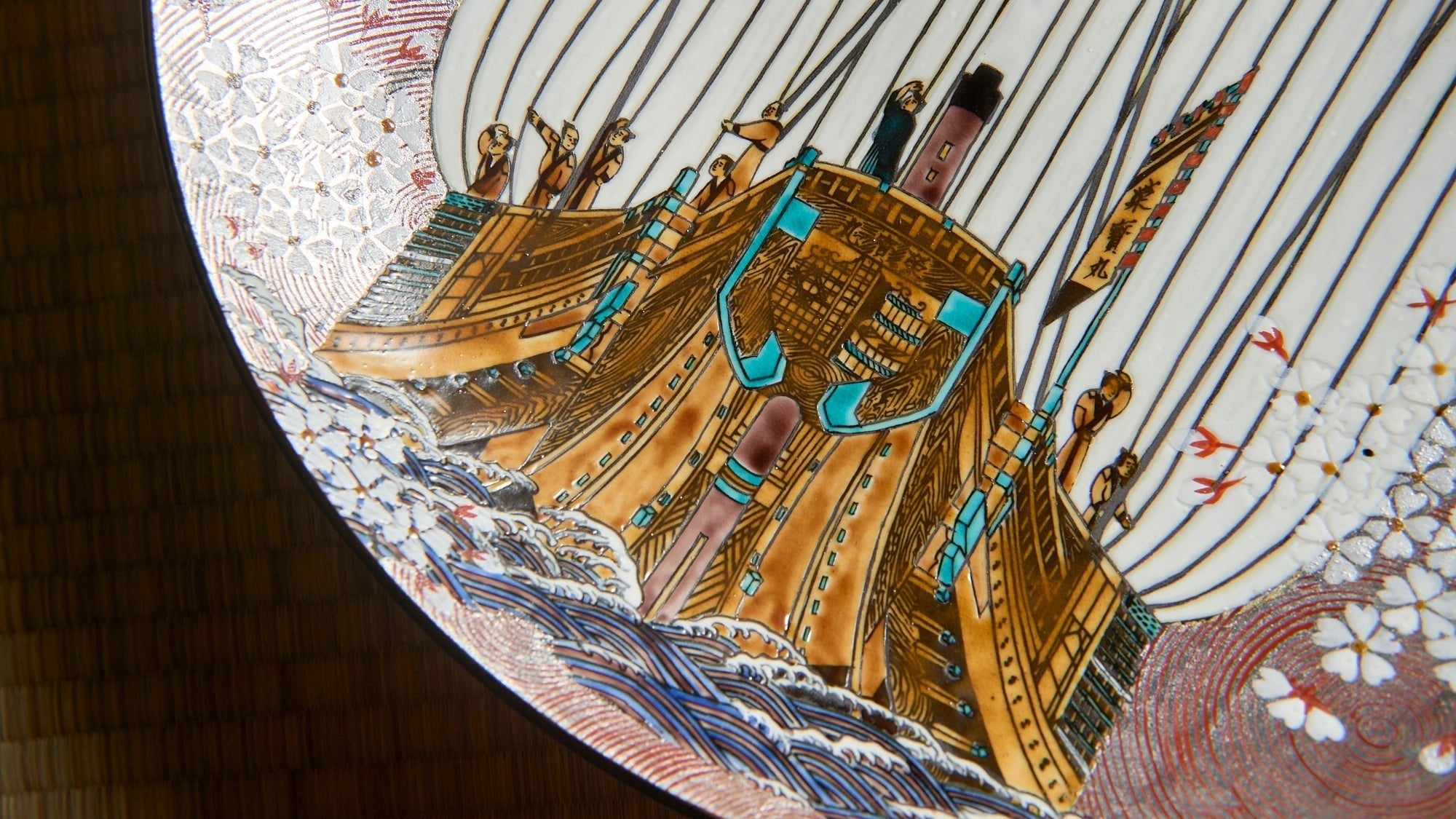
Reisen des Wohlstands: Die Kitamaebune enthüllt
Erfahren Sie mehr über Kitamaebune, Handelsschiffe aus der Edo-Zeit, die die japanischen Meere befuhren und den Meisterhandwerker Kitamura Takashi inspirierten.
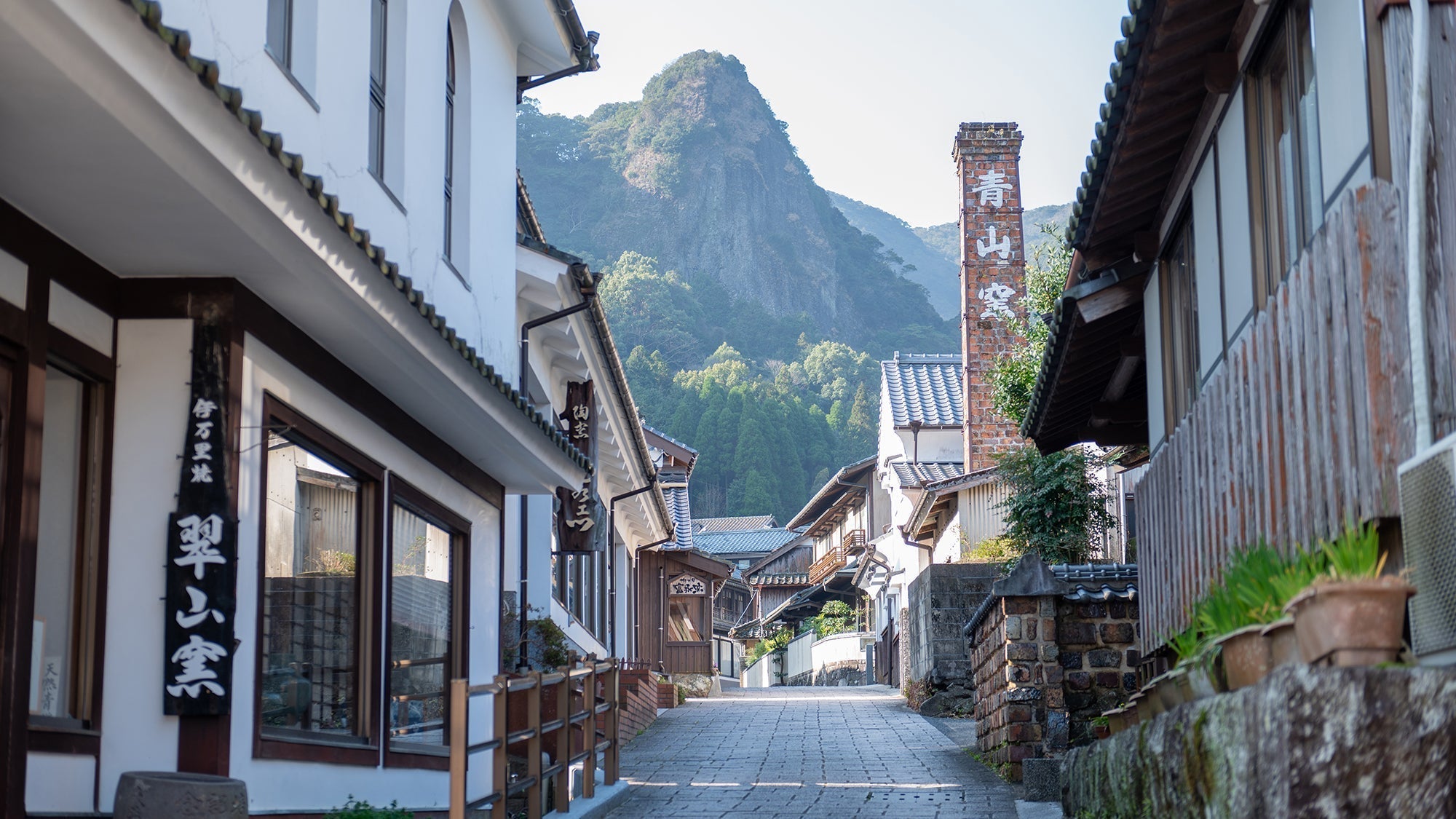
Spaziergang durch Okawachiyama: Ein Dorf der geheimnisvollen Töpferei
Erkunden Sie Okawachiyama, ein Töpferdorf, das für seine historische Imari-Nabeshima-Ware, seine traditionellen Brennöfen und seine atemberaubende Landschaft berühmt ist.
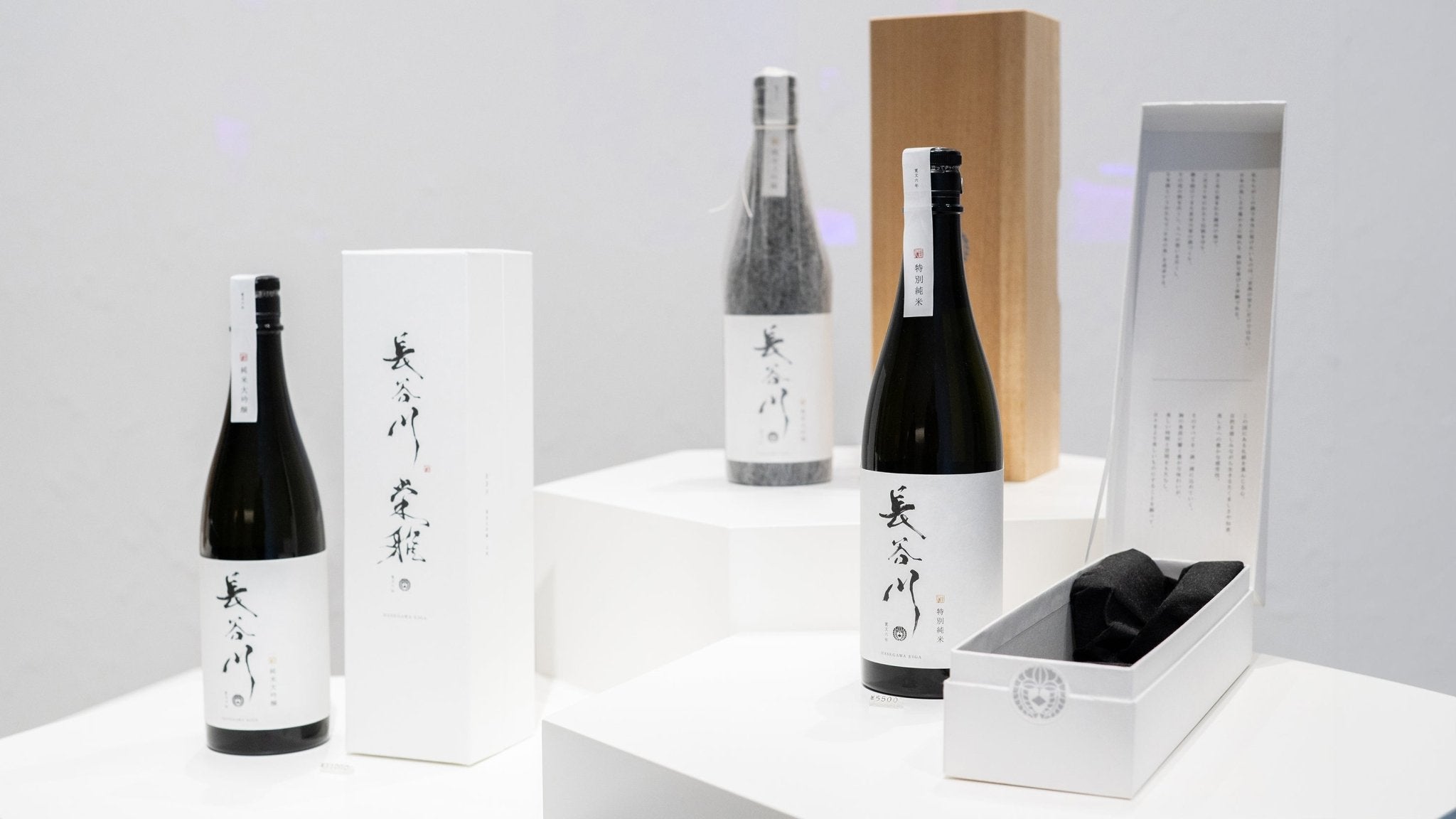
Eine Stunde Ruhe in Roppongi mit japanischem Sake finden
Join us for a sake experience at Hasegawa Eiga, where flavors are paired with historical context and exclusive sake cups.

Kennen Sie japanisches Wagyu-Rindfleisch wirklich?
Entdecken Sie die einzigartigen Aromen, die sorgfältige Aufzucht und die reiche Geschichte von Wagyu oder japanischem Rindfleisch, zu dem auch Kobe-Rindfleisch gehört.
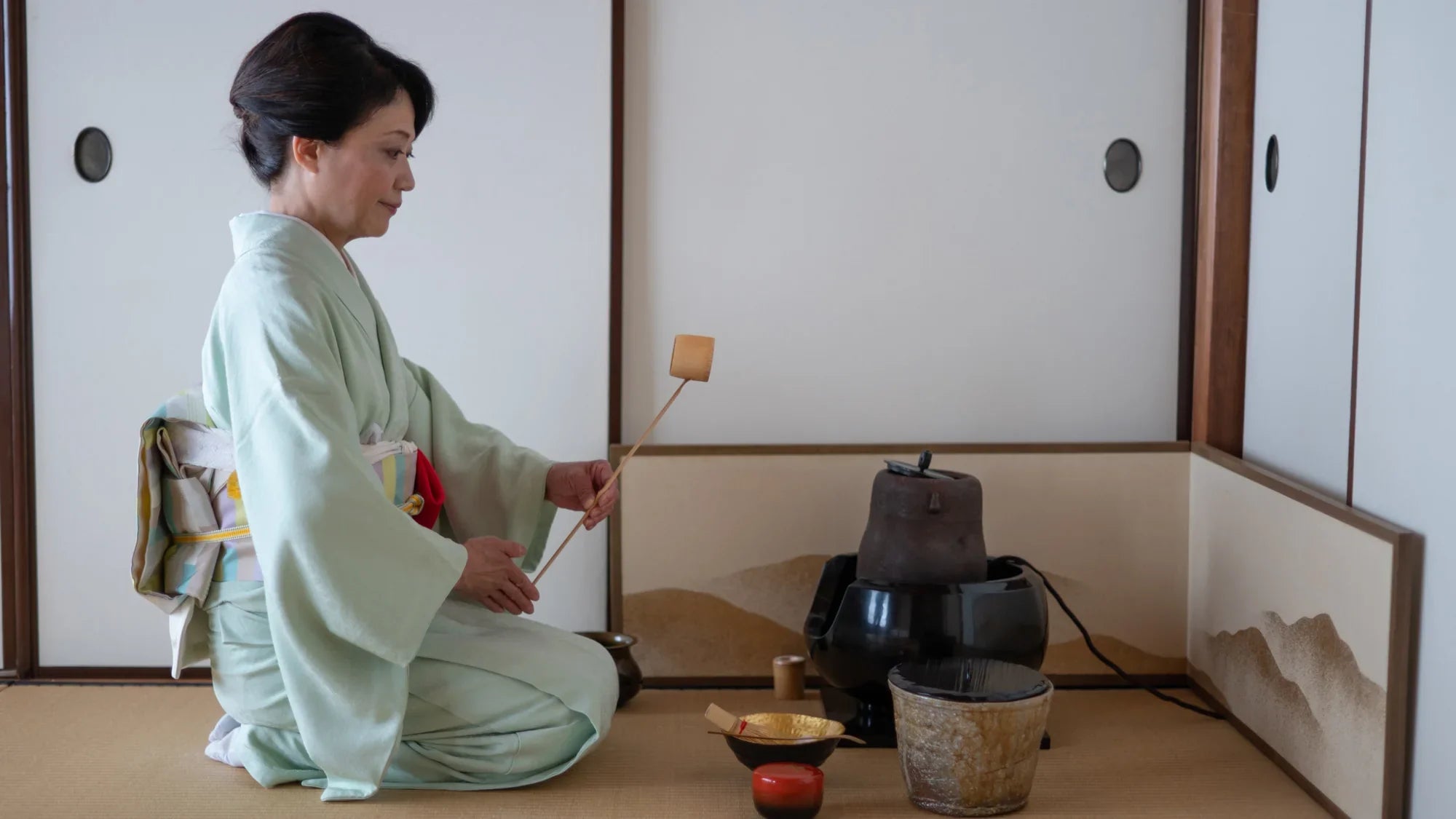
MUSUBI KILN Chado Series: A Deep Dive into the Tea Master's Philosophy
Explore the philosophy behind the practice of chado, or the Japanese tea ceremony, with expert Kitajima Ritsuko.


